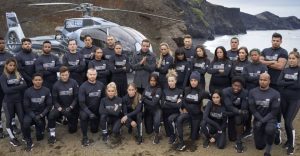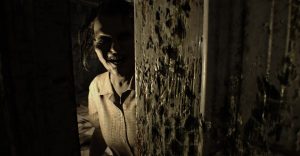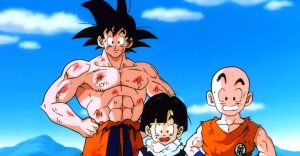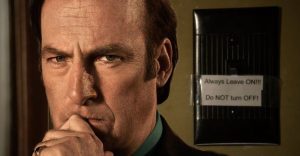1917: Every Kind of Shot Used
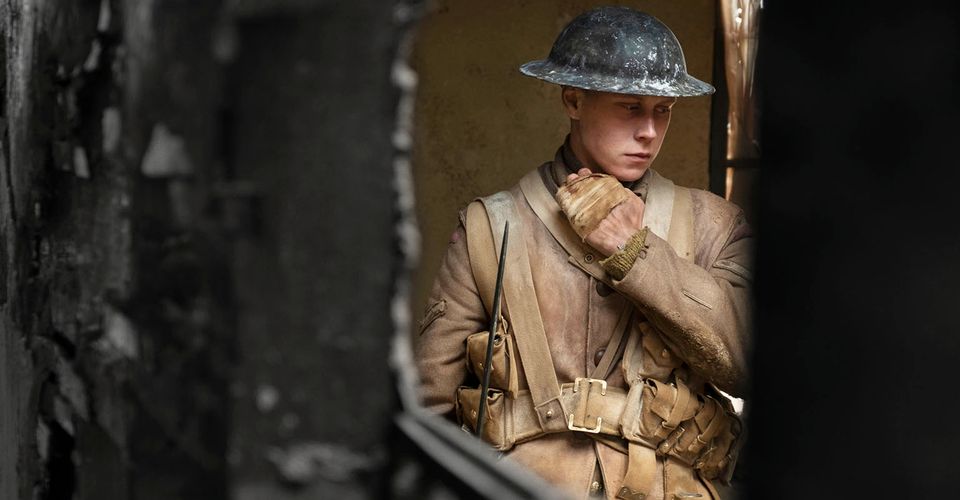
1917, a World War I drama about two soldiers (Dean-Charles Chapman and George MacKay) who must deliver a life-saving message to an attacking division deep in enemy territory, has earned ten Academy Award nominations including Best Director for Sam Mendes and Best Cinematography for Roger Deakins. Indeed, 1917’s most impressive feat is its camerawork and shot composition, helmed by the legendary Deakins, who has been nominated for 15 Oscars including his sole win for Blade Runner 2049, and examining the kinds of shots 1917 uses reveals how the film creates its immersive emotional effect.
The entire two-hour runtime of 1917 is designed to look like a “one-shot” – a continuous, unbroken take – that spans three different networks of trenches, an underground bunker, two bombed-out neighborhoods, the interiors of two different houses, numerous fields, and even more varied locales. Though the film looks like a one-shot, there were hidden cuts that allowed the team to reset. To make the illusion work, Mendes, Deakins, and the production team had to communicate all of the information that a normal shot layout would give the audience and design the shots to serve the film’s emotional and practical narrative.
Overall, 1917 is the most impressive technical achievement of the year. While Deakins and Mendes have been relatively secretive about how they pulled off the film’s impressive technical accomplishment, examining the types of shots used and how they serve the story can shed light on 1917’s remarkable success. Here are all the kinds of shots used, including how the filmmakers got around using typical shots that would have required cuts.
Steadicam and Traditional Tracking Shots

“Tracking” refers to moving shots that travel with the subjects. The camera can move backwards as the actors walk forward, it can follow the actors as they walk away, or the camera can follow the actors alongside. In most films, the camera is mounted on a dolly, which is a wheeled stabilizer that runs on tracks, or another kind of rig attached to a truck for fast-paced action.
The invention of Steadicam revolutionized tracking shots. Steadicam is the brand name of a camera stabilizer that allows the camera operator to wear a harness while a gimbal helps counterbalance the weight of the camera at the top and an attached monitor below the camera operator’s waist. The effect is the exactness of a handheld shot combined with the steadiness of a tracking shot mounted on a dolly.
The vast majority of 1917’s shots are Steadicam tracking shots. As the two soldiers traverse the trenches, the Steadicam operator walks behind or in front of the actors, and there is a fluid movement to the shot as well as a continuous focus without the jerky bouncing of a handheld camera.
What is more, the crew behind 1917 devised a modified Steadicam rig that allowed the harness to be worn on the camera operator’s back with the monitor swiveled around to the operator’s front. This way the camera operator could run away from the actors while the actors ran toward the camera. When Schofield (MacKay) runs through the trenches during the film’s climactic moments, the camera operator faces the same way and runs ahead of the actor.
When Schofield must cross a broken bridge, the camera operators follow him with a handheld Steadicam shot and then attach the camera to waiting crane that captures the rest of Schofield’s journey across. A similar move occurs when Schofield runs cuts through an active battlefield to get to the other side of the trench: two camera operators follow the character out of the trench and then attach the camera to a waiting rig mounted on a truck, which drives ahead of him the rest of the way.
These tracking shots serve the film’s narrative by making the audience feel the distance the characters travel. With its sparse exposition, 1917 doesn’t have a traditional audience surrogate – a character who stands in for the audience – so the camera serves as a stand-in for the audience. When the camera literally travels every step that the characters do, the audience feels as though they’ve been on the same journey. Every technical element preserves the one-shot pastiche, which is the primary method that enhances the film’s immersiveness, but the tracking shots in particular makes the audience feel they’ve walked the same miles the characters have.
Shot/Reverse Shots

Normally dialogue is filmed in shot/reverse shots. The camera is set up behind one of the actors, the scene plays, and later the camera is set up behind the other actor. The editor cuts together the two shots, and the finished product depicts two characters speaking to each other with two different camera angles.
Because 1917 cannot cut, Deakins and Mendes had to figure out how to give both sides of a face-to-face conversation adequate coverage. This is done with clever blocking and a 360-degree swivel. For example, in the scene in which General Erinmore (Colin Firth) gives the soldiers their mission, the camera follows both soldiers down a corridor to find Erinmore standing there. The scene would be static if Erinmore’s entire monologue is delivered in this one shot, so Mendes makes Erinmore move and refer to a map farther in the room. Initially following the character gives the camera an excuse to shift focus around to the two soldiers.
The scene’s focus is exactly where it needs to be during the two beats of the scene: Erinmore faces the camera to give the audience and soldiers the necessary information about the film’s story, and the audience sees the weight of the mission on Schofield and Blake’s (Chapman) faces at the scene’s close. Thus, the audience understands the plot’s logistics in the first half of the scene and the emotional effect of the story in the second.
Establishing Shots

Like shot/reverse shots, establishing shots normally require a cut: starting with a wide shot to establish the geography of the setting, before cutting in to a closer shot. In order to keep the one-shot intact, the filmmakers had to figure out how to communicate the same kind of information that an establishing shot would give the audience without cutting to or from a traditional establishing shot.
This is why many of the sequences are in low three-quarter shots, which show the actors from the knees up. As opposed to close-ups, which are focused on the actors’ heads, low three-quarter shots have enough room in the frame to include the background and enough of the setting to do the same job as an establishing shot.
The sequence before the plane crash is almost completely in low three-quarters, following the characters as they look out on the field and up to the sky. The low angle reveals the plane over their heads and its subsequent crash. This method continues the film’s immersive quality, allowing the audience to be with the characters every step of the way, at the same time that it gives the audience all the story details needed during the ensuing fight scene.
There is also another method Mendes uses to build the same scale that an establishing shot would communicate. Traditional establishing shots give the audience a sense of breadth, showing how expansive or wide the setting is, but in lieu of such angles, Mendes has the breadth of the settings register on the actors’ faces while giving just enough background in the frame to let the audience know what the characters are reacting to.
Particularly, this occurs in the back of the truck that carries Schofield part of the way to the attacking division. Schofield is framed in the center of the shot, looking out of the open back of the truck, while the other soldiers’ focuses are on each other inside the truck. There is some additional emotional context in this scene, but one of the things it communicates is expanse: by having Schofield staring in the middle distance – the focus of his eyes differing from those around him – Mendes allows the audience to imagine all that he is seeing even though the frame shows only a sliver of the wide field the truck passes through.
Overall, with Steadicam tracking shots, 360 turns to capture dialogue, and low three-quarter shots to capture the wide expanse these characters travel, Mendes, Deakins, and the team of camera operators and production designers created one of the most immersive war films in film history – one that takes the audience along for every step of an incredibly arduous journey. The one-shot pastiche in 1917 may seem like a gimmick to some, but once the creative team committed to shooting the film to seem like one unbroken take, they had to rise to technical challenges that one-shot presented, and fans of the film recognize its technical wizardry. 1917 is an exhausting film to watch – almost as exhausting as the journey taken by its characters.
About The Author










